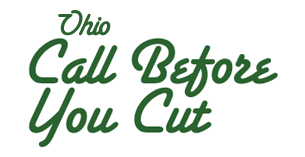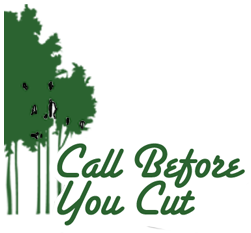Know Your Objectives
Determine what you want your woodlands to provide. Is it wildlife, recreation, timber, or even a park-like setting? Maybe some of each? Depending on your goals, different trees may need to be harvested. A forester is trained to select the right trees for your intended goals. For example, if producing both income and a good habitat for wildlife is a primary goal, a forester can design a harvest that will promote the future growth of higher value trees.
Inventory Your Woods
Having an inventory of your woods is like having an appraisal of your home’s value. It’s a key part of knowing your overall financial worth.
Keep Your Woods Healthy
Taking note of what you want your woods to look like, and the benefits it will provide now and in the future, provides a road map towards a healthier woodlot.
Working Together
A harvest plan designed and carried out by a knowledgeable forester working with a trained logger will help assure that the harvest meets your needs as a landowner. Planting more trees, removing invasive species, or conducting a harvest are just a few of the activities that might make up such a plan.
Select Trees Carefully
When a tree should be cut depends on many things, such as its age and maturity, its contribution to your woods’ health, the market price of different timbers, and your own goals and needs. Make sure that your “select cut” is based on all these things and not just the current value of the tree.
Protect Your Interests
Market your timber properly to ensure you receive a fair value and oversee the implementation of your harvest carefully so your land is not damaged.

